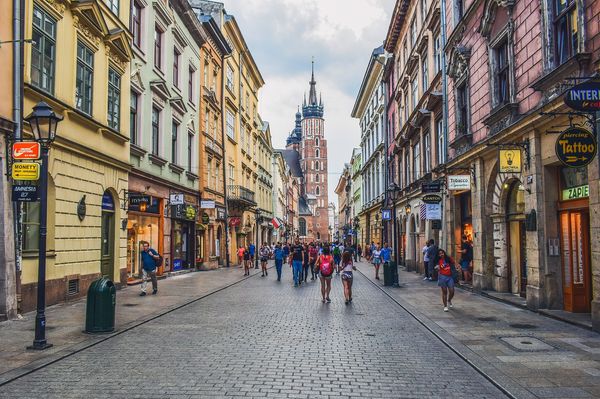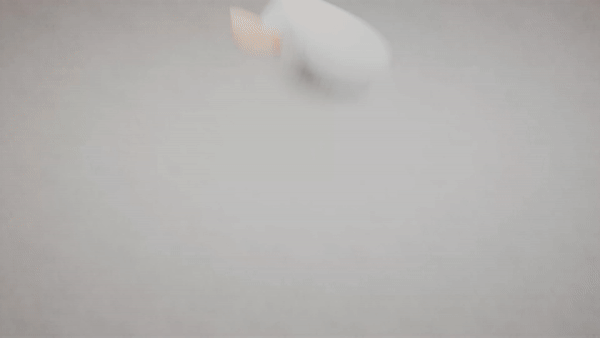Pomegranate from a beverage can, exploding moka pot and floating coffee beans or a strawberry turning into amorphous forms—scenes on the border of imagination and reality. We talked with Dániel Mészáros, 3D motion designer.
Dániel Mészáros moved from Szeged to London in 2015, where he completed his undergraduate degree in Film Studies at Queen Mary University of London. He still had a broad idea of the world of film and media at the time, not sure what he was most interested in. During college, he had the opportunity to try himself in several roles; for example, he took part in advertising shootings and was able to work with actual practitioners of the profession. He later made videos for the university, then for the Hungarian Embassy and the Hungarian Cultural Centre. “Besides my professional career, I worked as a waiter in a restaurant in Shoreditch, which was ironically visited mainly by people working in the fashion and film industry, who also provided me with advice after a few cocktails. This was the first time I saw someone 3D modeling on a laptop with a coffee. Living with so much influence was very inspiring: I loved this period,” Dani said.

Finally, after five years, at the beginning of the pandemic, he moved home to Hungary to immerse himself as a freelancer in the world of 3D motion. “My first serious job was a half video editor, half motion designer position. This gave me the opportunity to improve myself in animation making, and I also discovered more and more 3D artists. It was clear after a few months that I was most interested in the world of 3D: the complex visual world that some artists had created in a matter of hours seemed magical. While in the film industry, you have to build an entire team, manage a budget, and plan for months for a project to start at all, here I could start anything independently of others, so that I could still capitalize on my knowledge. That’s when I broke away from the film industry,” he said. Later, after reading Joey Korenman’s The Freelance Manifesto, his image of the world of work turned one hundred and eighty degrees: “From here, I learned how to live as a full-time freelancer, what it entails, and what difficulties others have had. Thanks to this and the impact of the pandemic, my partner and I decided to try our luck at home,” he added.
However, the pandemic is also increasingly conducive to the spreading of 3D virtual creations: as a result of the epidemic, so-called dreamscape CGI creations, which are on the border of reality and imagination, are becoming increasingly popular. We also asked Dani how he sees the impact of this trend on the world of advertising.
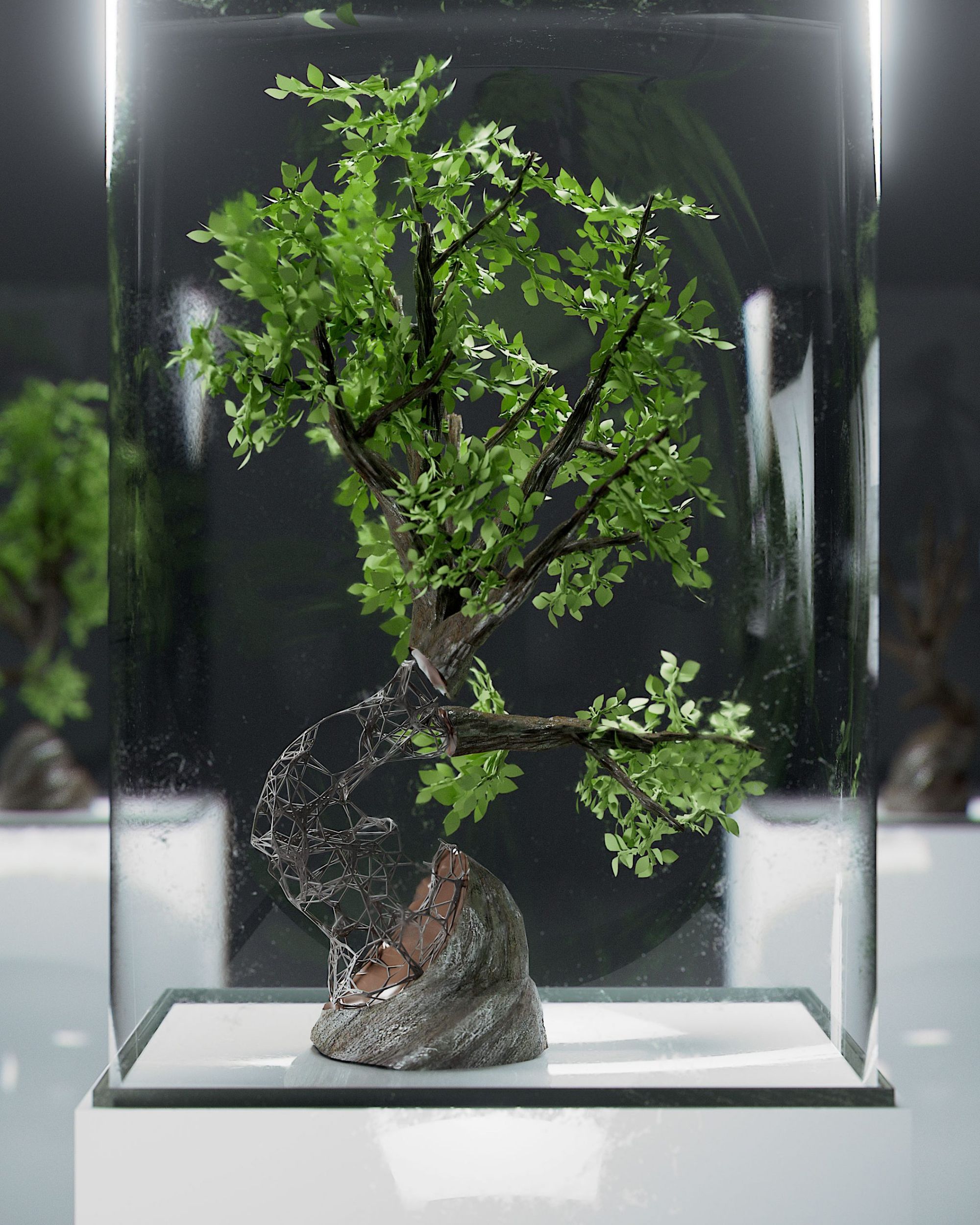
“The world of motion design is a very new phenomenon on the marketing market, but it is dominated by the same trends as any other profession. For now, the same few studios are making the world’s top CGI commercials with the same artists who have been best able to stand out with their own style in the last ten years. And smaller studios often give exactly the same biggest projects as a reference when planning their own work, so that’s how a visual trend “leaks” more and more down to smaller commercials. Dreamscape is a typical example of this.
Furthermore, the goal now is not just to present a product, but to create a complete visual world with which the product harmonizes perfectly: this gives a much stronger emotional boost to an advertisement,” he emphasized.
One of the biggest challenges for Dani was his work for an international studio, where he had to implement ideas continuously for short periods of time. The difficulty of the work was not given by its kind but by its plasticity. The 3D motion designer also drew our attention to some technical features: he said that it could take two or three months to make a fifteen-second video, but a multi-minute material could be made in a fraction of that. “The rendering time can be several minutes per frame, even several hours, so it’s not uncommon for a scene to be rendered overnight—for example, a fluid or pyro simulation takes a legendary amount of time,” he noted.
However, Dani not only works in the world of advertising, but also makes his own 3D motion creations. Sometimes he is inspired by the style of others, sometimes by technical or creative challenges. His current goals include working with studios he appreciates, such as Tendril in Canada, Aixsponza in Germany or The Mill production studio in England. He is also interested in character animation, and his secret desires include making a short film with real and CGI characters. He would also like to make the world of motion design better known to others in Hungary as well: “If fate wills it so, I might teach in the future,” Dani emphasized.


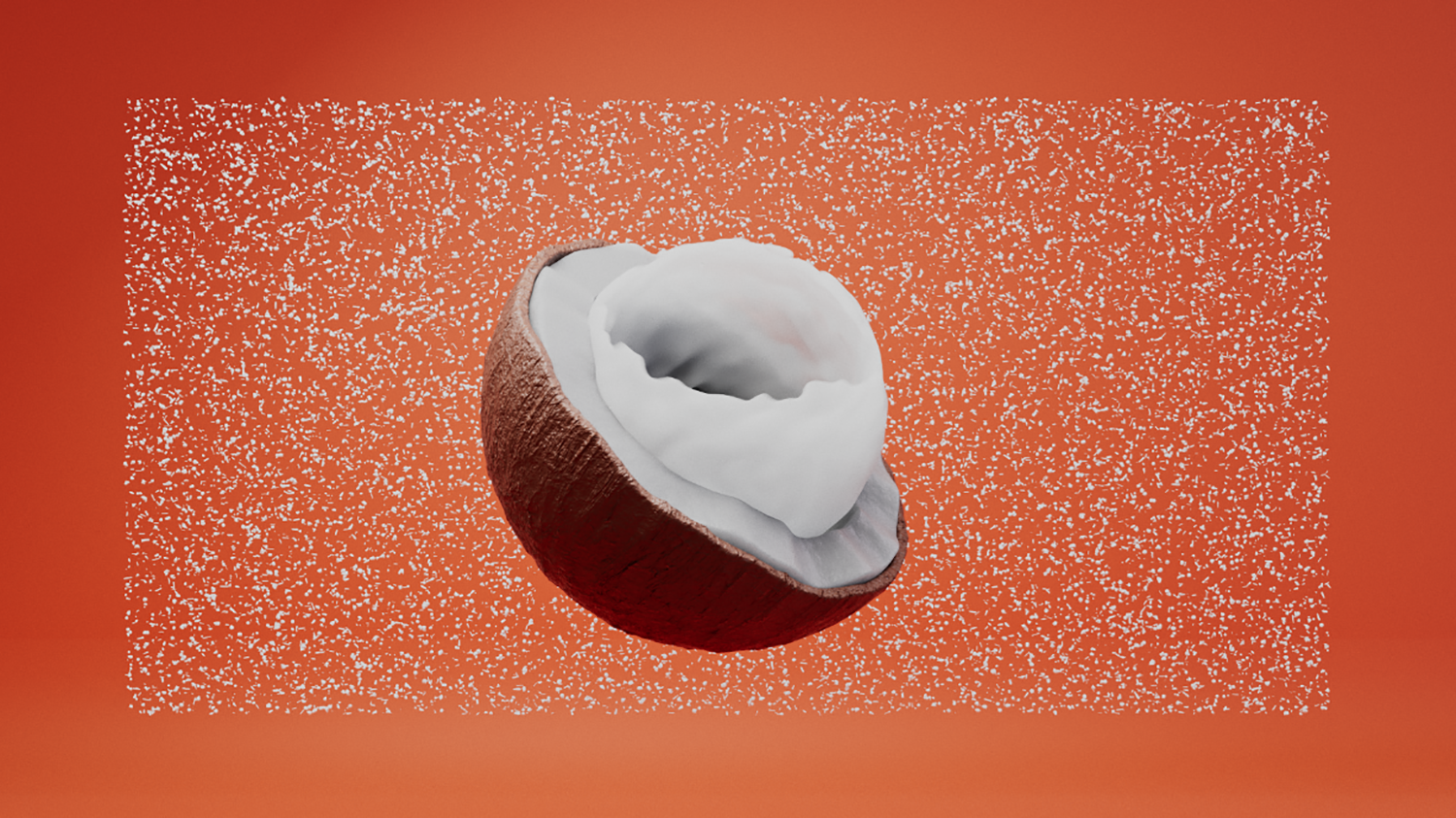
Dániel Mészáros | Web | Facebook | Instagram
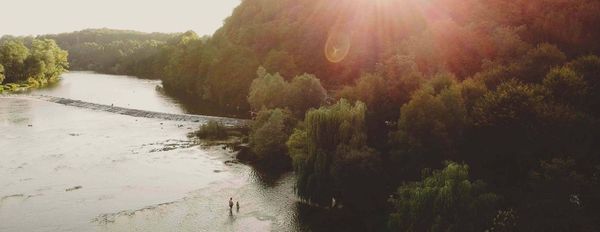
Eternal season on the Lovšin estate
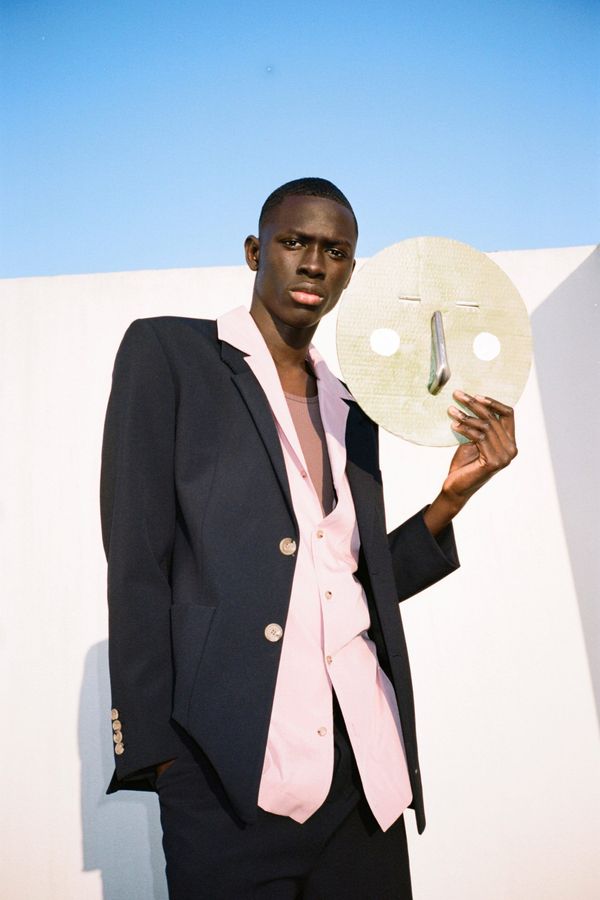
Nanushka invites you on a surreal journey
